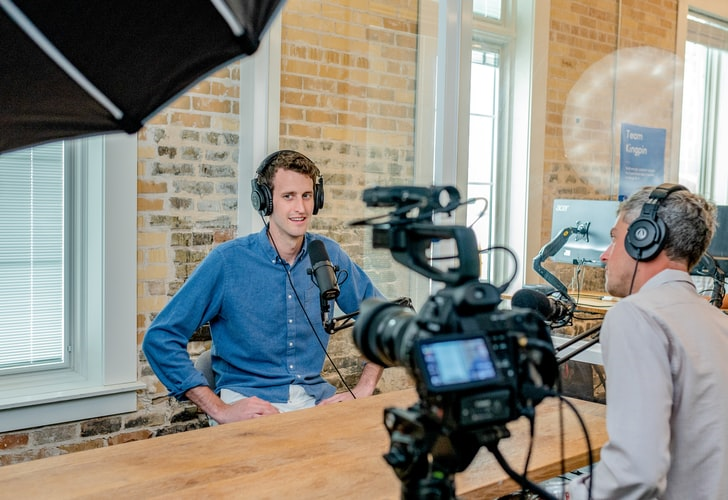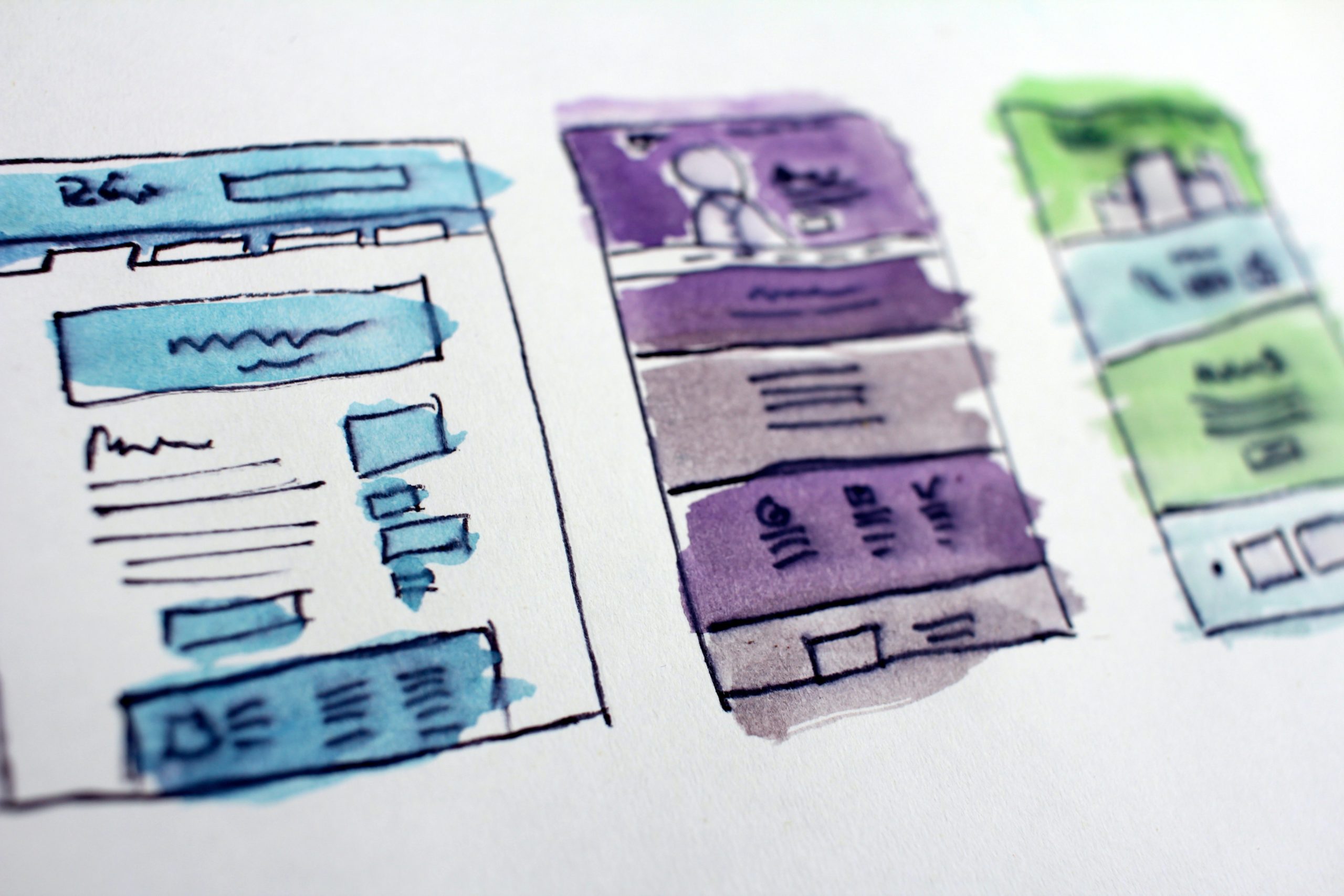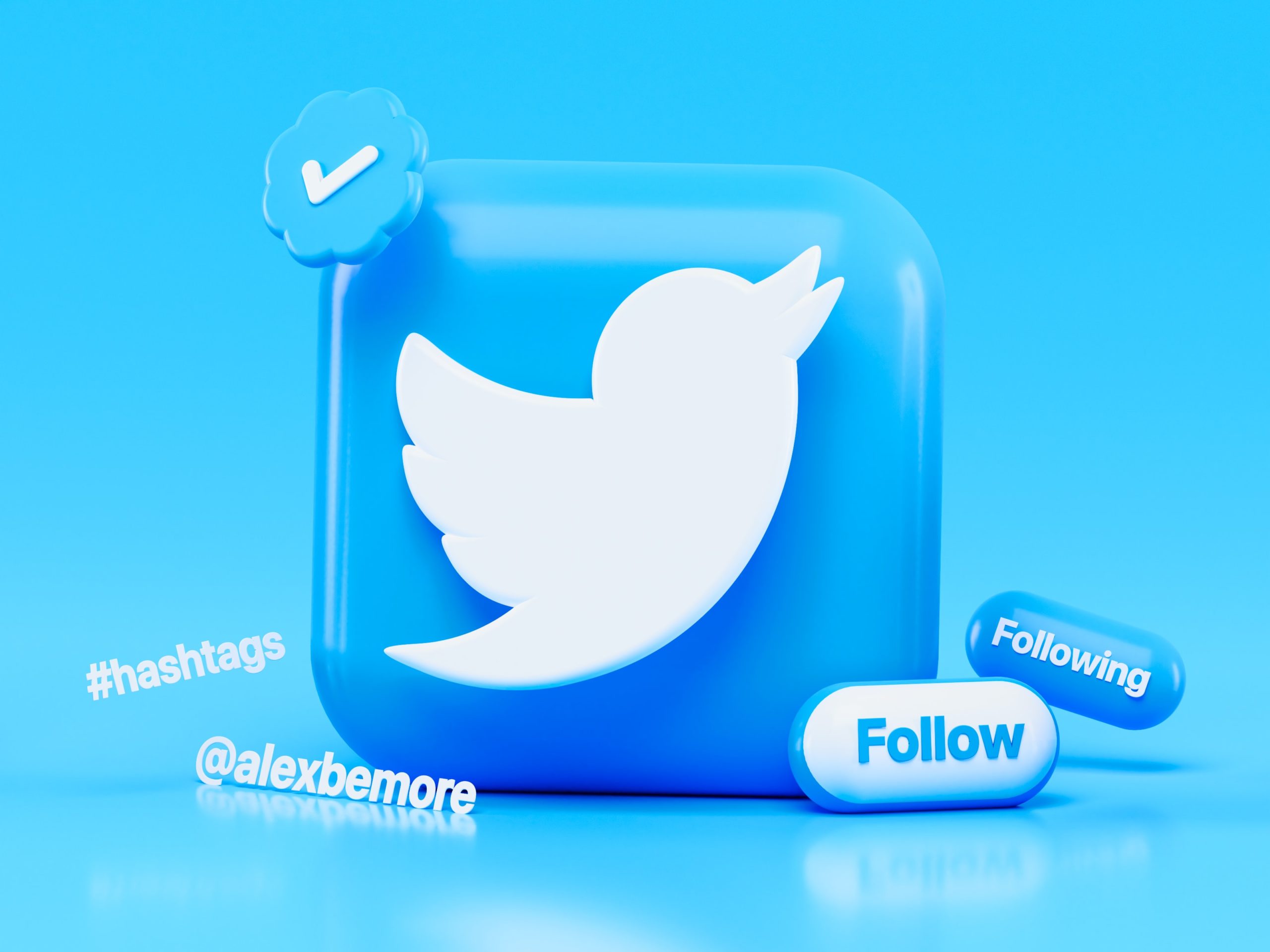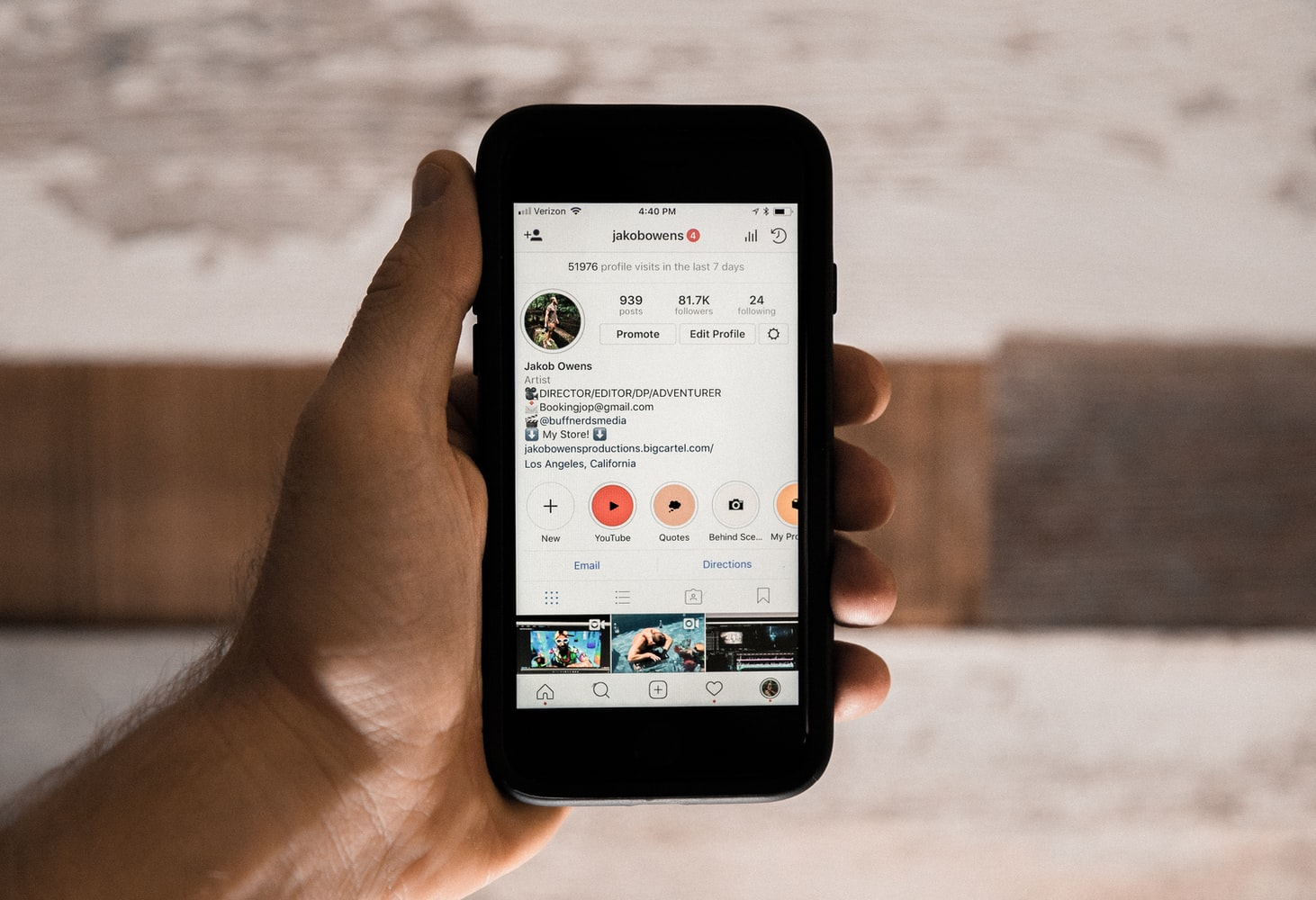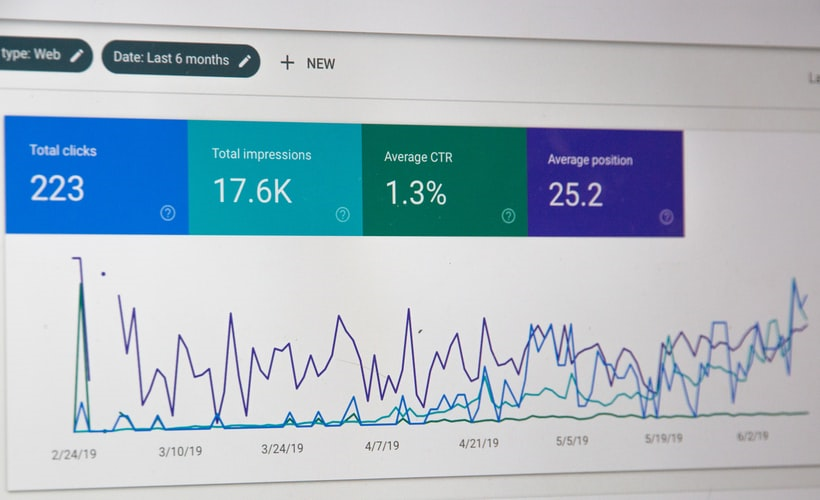Digital media brands and web publishers are keenly aware of the importance of new articles, especially feature stories. These content pieces draw in and hook an audience; they inform, entertain, provoke, and stimulate readers to elicit responses. Viafoura provides a fantastic array of software options that allow those readers to share and discuss their thoughts, which leads to community development and brand investment. But without an interesting, appealing flow of content, your audience is unlikely to stick around long enough for any of that.
The solution is simple; continuously generate fresh new content that everybody will love, of course!
But let’s get real – it’s not nearly as simple as it sounds. Writer’s block is very real, and you might struggle to find the right kind of material to cover despite your best efforts. But don’t worry – if you’re looking for ways to get news article ideas, we’ve compiled a list of helpful strategies and approaches you can use to find the right topics for your platform and audience.
Focus on local issues and incidents
If you’re looking to start from the basics, going local is one of the best ways to get compelling news article ideas for your pages. The biggest benefit of this approach is that you’re living in the middle of what’s happening. You or your team may have come across a story waiting to be told just by going about your day. Or you might end up hearing an interesting tidbit from your social circle that could make for a great feature story idea. And often, many outlets usually skip over local news for being too niche or small scale. But there will always be an audience for the small stuff, which means you’re the digital media brand they turn to for more.
Look up what's trending
Social media has its ups and downs, and one of its big ups is that it’s got its heart on the pulse of what’s hot right now. Looking up trending terms can be like following a trail of breadcrumbs to your next big news article idea. You’ll eventually come across a big event, an impactful announcement, or something else that’s getting a lot of buzz, which will give you a good idea of where your brand should focus and what your take should be.
Turn to pop culture
Tried and true, pop culture gossip and coverage have always been a staple for reliable views and attention. From shocking headlines to entirely false information about which big celebrity did what to who, they’re compelling enough that most readers will at least stop to take a look if only to see how much they believe it. Of course, your digital media brand could take a much more professional approach towards these topics when gathering news article ideas. Still, it stands that the appeal for this type of content is undeniable, and you can always choose to focus on smaller yet relevant niches such as music or book releases for feature article ideas.
Dive into self-help
These types of articles and columns are a surprisingly effective source of news article ideas, especially when building a group of returning readers and audience members. Many readers find these kinds of articles uplifting, form connections with their own needs, or are sometimes just curious about the issues that others might be facing. Self-help articles can range from how-to-do-x style, step-by-step manuals to weekly columns where a qualified responder selects and answers a reader’s question. As long as you’re tactful and write with the intent to help, you’ll find a lot of success in coming up with news article ideas with this approach.
Cover international angles
Most members of your audience would love to hear about far-off lands and stories on different cultures or lifestyles. That’s why international stories make for fantastic news article ideas; you get to introduce a little exotic flavour in the content they read, which is a great way to get people talking, discussing, and sharing their own experiences in your community space. Of course, using international stories for news article ideas does require you to sponsor your writers for some globetrotting, which may or may not be within your means – but we’d highly recommend giving it a shot!
Turn to science
Technology and science is wild, and it’s getting wilder by the decade. There’s always some new discovery or research that’s making waves in the scientific community, but that doesn’t mean your average reader can’t appreciate the magnitude of what’s happened. Providing a layman’s breakdown on a scientific or technological topic while also going over what exactly that means for us as a community is a great way to bridge the gap while giving you some great news article ideas.
Read the news
Yes, that’s right – oftentimes, the best way to cover a topic is to find out what’s being covered! Even if you’re not the first one to use it as a news article idea, you can choose to write updated or follow-up stories based on the topic, which can let you provide additional insight or follow up on a topic competing media brands might not remember to follow. While it probably won’t be the primary source of all your news article ideas, it can still be a great way to supplement them.
Conclusion
And there you have, some varied yet effective strategies for overcoming writers’ block and generating some interesting news article ideas for your platform. Remember that while content is the backbone of what drives your audience’s interest, it’s the experience and journey they go through with your brand that ultimately gets them coming back for more. Viafoura’s software suite can provide you with everything you need to elevate your digital media brand to the next level, so don’t hesitate; contact us today to schedule a demo and see how we can support your content efforts.






